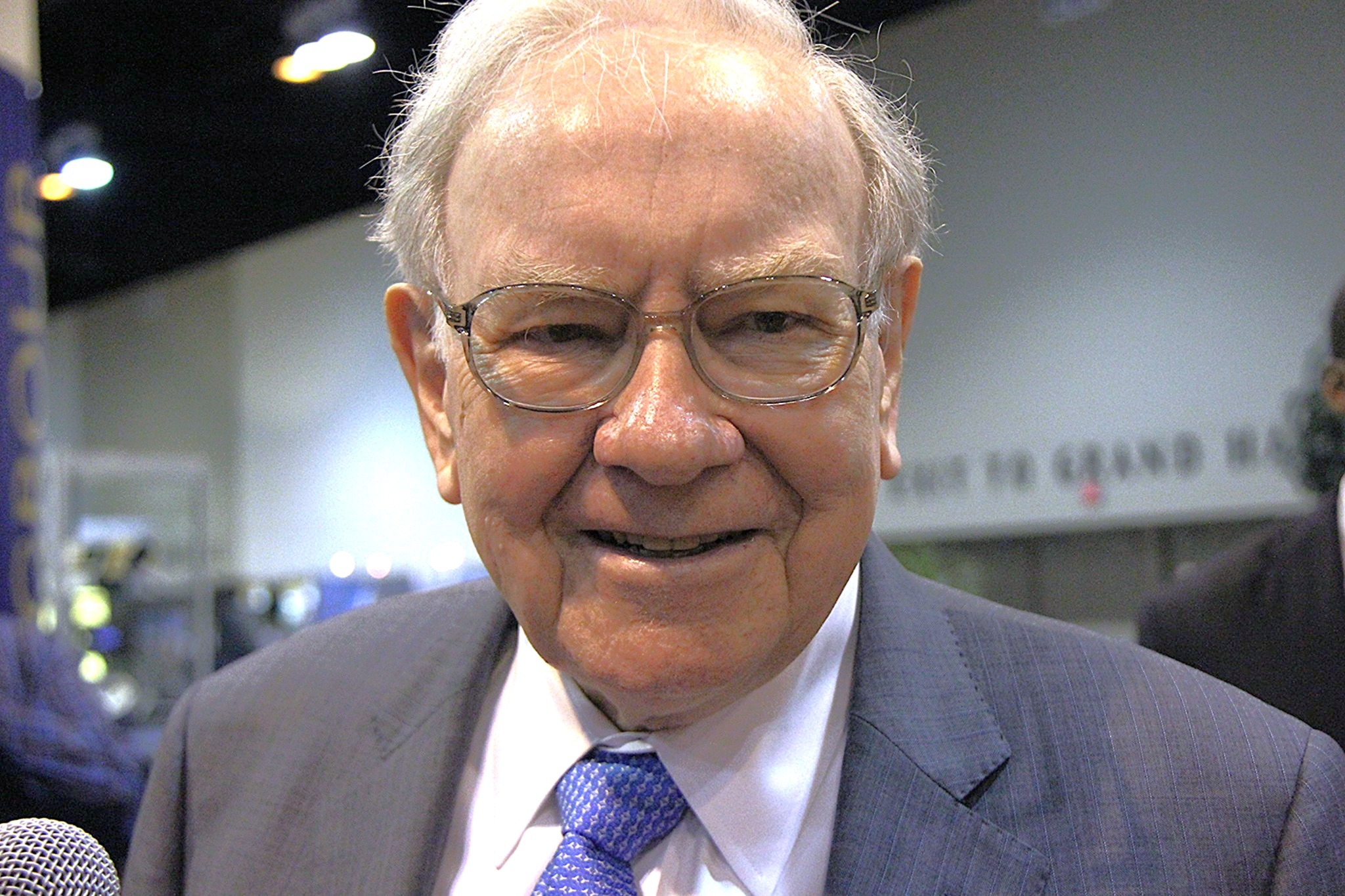Few will argue if you call Warren Buffett the greatest investor of all time. The returns speak for themselves. Between 1965 and 2024, under the Oracle of Omaha's leadership, Berkshire Hathaway has seen its share price rise at a compound annual rate of 19.9%, nearly double the gain for the S&P 500 index.
This track record is unbelievable, partly because of how long it has gone on. But while the average investor might take this as a recommendation to go out and start picking individual stocks, Buffett's advice is quite simple. He believes the best strategy for most people is to just buy a low-cost S&P 500 index fund. The Vanguard S&P 500 ETF (VOO +0.19%) is one that immediately comes to mind.
This sounds boring at first. However, consider that a $1,000 monthly investment could eventually turn into a significant $228,000 nest egg in just a decade's time. This shows how smart Buffett's idea actually is at building wealth in the stock market.

Image source: Getty Images.
Don't argue with the numbers
Over nearly the past century, the S&P 500 has produced a total annualized return in the neighborhood of 10%. Lately, though, the numbers have been better. In the past 10 years, the Vanguard S&P 500 has generated a total return of 225%, which equals a 12.5% annualized gain. No one will argue with this type of result.
A number of factors could be at play here. There's unprecedented monetary and fiscal stimulus, propelled by low interest rates, that drove economic growth during much of that period. Passive investing is also in the spotlight. It's worth mentioning that retail investors are now accounting for a higher share of stock buying. There's also the monumental rise of dominant tech enterprises.
It's always important to remember that historical returns don't mean future success is guaranteed. However, if we assume that the trailing-10-year returns repeat in the future, which may or may not happen, investing $1,000 per month (for a total of 120 investments) in this ETF can result in $228,000 in May 2035.
The key factor to remember here is the consistency at which capital gets allocated. This is called dollar-cost averaging (DCA). Investors don't need to successfully time the market, which is something Buffett has clearly been a master at. DCAing allows you to buy in at various price points. The only thing that's required is discipline, patience, and a long-term mindset
Maybe the easiest strategy to building wealth
The beauty of this strategy is that you don't need to have a fancy degree, expert financial modeling or business analysis skills, or a lot of time on your hands. You can leave that to the so-called professional fund managers, most of whom actually lose to the S&P 500 over long periods of time.
This is a very low-maintenance strategy, which should allow you to stick to it for a decade or more. By owning the S&P 500, investors gain access to all sectors of the economy with broad diversification. You're essentially betting on the growth and innovation of the U.S. economy. Buffett would agree that this is a smart approach.
The Vanguard S&P 500 ETF only carries an expense ratio of 0.03%. So, for every $1,000 you invest, a tiny $0.30 gets paid to Vanguard every year. This helps the massive asset management firm handle its operating costs, whether that's for marketing or paying its staff, among other things.
When it comes to your investments, it's easy to get sucked into what sounds complex or exciting. But here's where being boring is absolutely an advantage. Buying $1,000 worth of the Vanguard S&P 500 ETF every single month can result in huge wealth between now and 2035.






